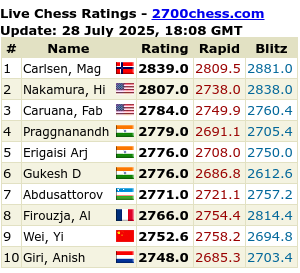In the folklore of Chess Improvement you often hear about the 300 positions you need to master in order to become a really strong player. GM Alburt has written a nice book
presenting a selection of 300 problems to help you on your path to Greatness. Another book along those lines are IM(?) Ziyatdiniov's "GM-RAM: Essential Grandmaster Chess Knowledge".
I like the approach as it can help the Do-it-yourself improver to find some structure is the search for improvement. Still, the improving player might need some guidance. Dan Heisman has suggested which problems from Alburt's book to study for someone aiming for a rating around 1400.
That is solid advice! This is a first step towards transforming the great material in the book into a stellar pedagogical tool mimicking the novel approach in Silman's "Complete Endgame Course".
Any idea what positions to study to take the next step, say, reaching ELO 1600?
PS. Here is Heisman's suggested problems for the 1400ish target:
5, 15, 18, 26, 27, 39, 63, 68, 75, 80, 82, 105, 109, 118, 125, 128, 129, 133, 163, 203, 206, 238, 242, 247, 265, 280.
German Uhlans, 1914
5 hours ago







Yves Bonnefoy, Nobelpriskandidat
ReplyDeleteBäst att ringa min bookie!
ReplyDeleteI'd say that for now, you can toss a GM-RAM idea out the window, study tactics instead.
ReplyDeleteYou showed us a fabulous endgame win the other day, so your planning skills seem quite decent. Also, you lost that other game you showed by pinning your bishop to your queen. One bad tactic can spoil a game. ;-) One bad tactic per game is easily the difference of 100 ratings points, IMHO. So, your quickest improvement would be right there, I would say.
If you get to looking at really long lines, tactically, then that also helps against missing the "one-mover" type blunder.
Thank you! I was pleased with that win.
ReplyDeleteAgreed!...sort of.... Tactics is the Key area for improving your chess. Still, I think some variation is beneficial for the learning process.
Tactics-tactics-tactics is my mantra! Still, my best games are certainly of the non-explosive type.